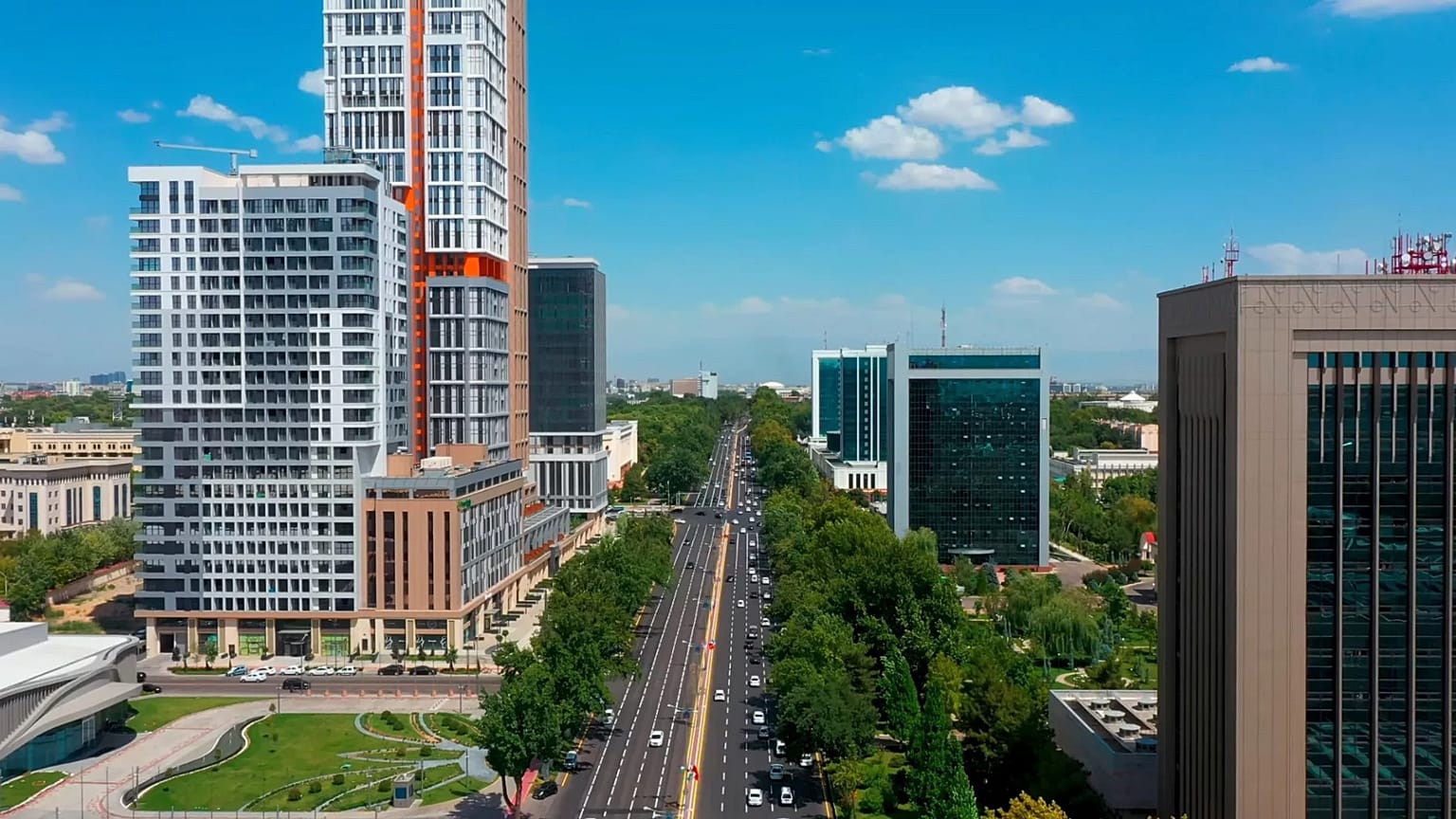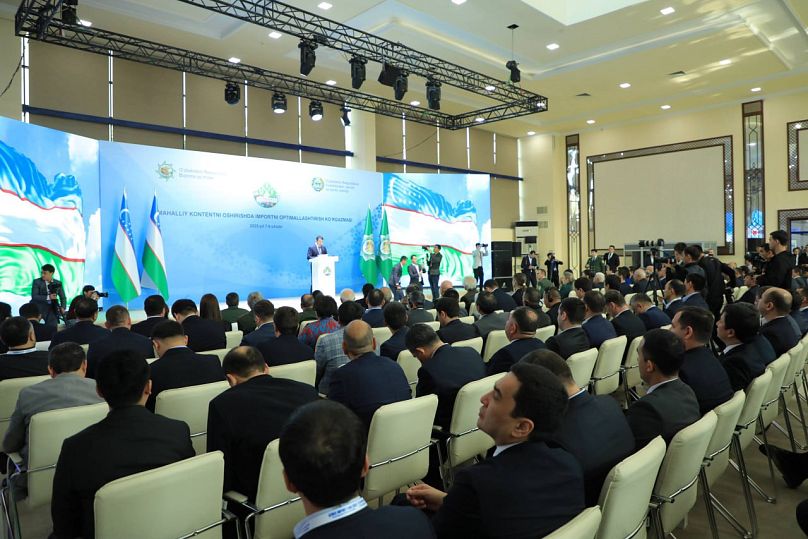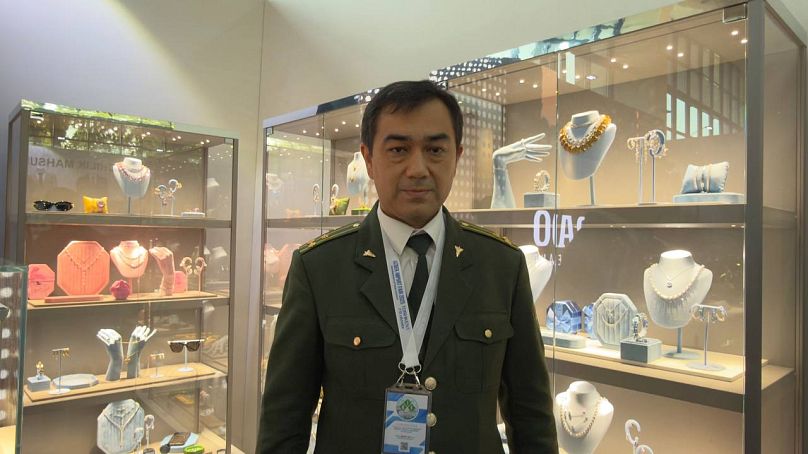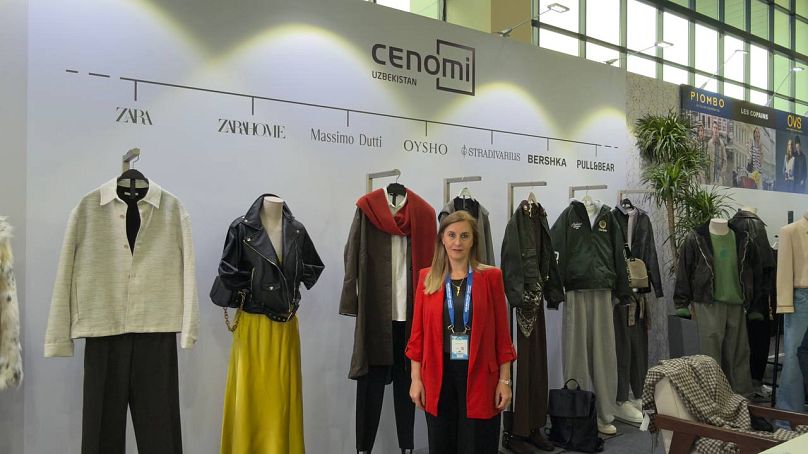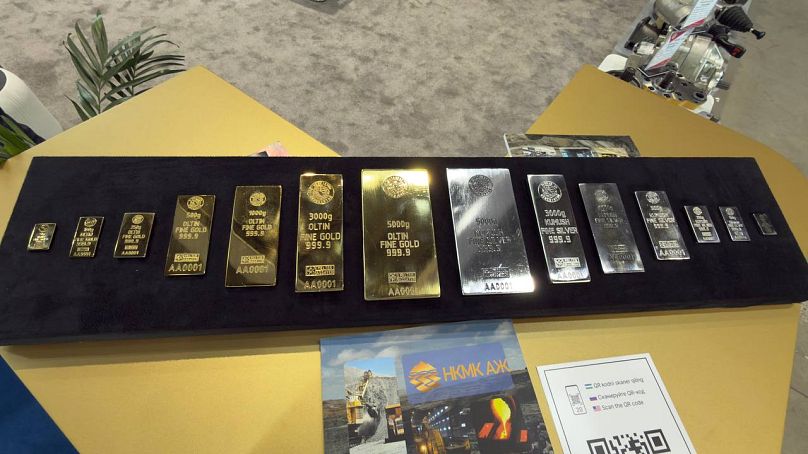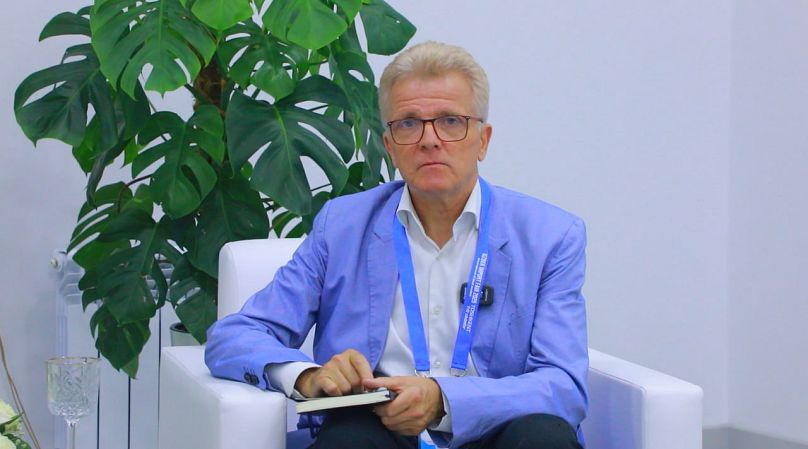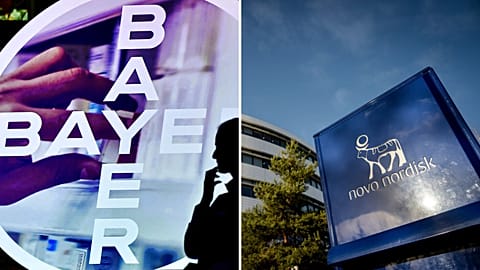As Europe seeks closer supply chains, Uzbekistan is drawing investors and brands to the heart of Eurasia. Customs reforms, new partnerships, and surging investment are helping the country move from importer to producer.
As Europe rethinks its supply chain dependencies, a new production corridor is emerging across Central Asia, and Uzbekistan is working to position itself at its centre.
Once known as a trade crossroads, the country now wants to become a manufacturing bridge between Europe and Asia, inviting international companies to move from selling to producing locally.
Since 2017, the country has seen average GDP growth of 5.3% annually and has improved prospects for private sector development, according to the World Bank.
Inflows of foreign direct investment to Uzbekistan reached a record $11.9 billion (€10.24bn) in 2024.
But as the country’s imports continue to rise – from heavy machinery and metals to lithium-ion batteries, the government’s strategy has shifted. Rather than restricting imports, it now wants to localise them through partnerships with international manufacturers.
“Customs used to be seen as a controlling body at the border. Now it’s a facilitator of trade,” Farkhod Olimjonov, head of strategy implementation at Uzbekistan’s Customs Committee, told Euronews during the first-ever international exhibition “Uzbek Import Fair 2025”, dedicated to the theme “Optimising imports through increased local content”.
“We’ve eliminated paper declarations, introduced remote e-clearance, and modernised border posts. The goal is not to stop goods at the border, but to help them move faster and to make more of them inside the country.”
The reforms are starting to reshape trade flows. Imports of transformers, copper and chemical products have dropped sharply in the last nine months, while the number of entrepreneurs importing raw materials for domestic processing has surged by nearly 50% during the same period.
From Zara to gold refineries – foreign brands go local
European and Asian companies are responding. Inditex, the group behind Zara, Massimo Dutti, and Stradivarius, says it is expanding its cooperation with the Uzbek government to streamline customs and production.
“We appreciate the simplified procedures and reduced tariffs,” Nigar Allaverdiyeva from Inditex Azerbaijan told Euronews. “Our goal now is to finalise agreements that will allow a full range of our products to benefit from these privileges.”
At the other end of the spectrum, state-owned giants like the Navoi and Almalyk mining and metallurgical plants are seeking partners to localise industrial production.
“Importing heavy machinery or excavator parts from distant countries costs time and money,” told Euronews Sharifjon Fayziyev, an engineer at Navoi.
“If local entrepreneurs produce them here, we save foreign currency, reduce downtime, and create jobs.”
Europe sees an opening
For Europe, the shift is strategically relevant.
Rudolf Lukavski, commercial counsellor of the Austrian Embassy in Tashkent, described Uzbekistan to Euronews as “a large, young and attractive market with growing investor confidence”.
"When I first visited in 2017, there were no Austrian investors here. Now there are more than 50,” he said. “We see opportunities in green technology, agriculture, healthcare, and manufacturing.”
That optimism is echoed in smaller sectors too.
Chinese brand Deli, long known for office products, is expanding its range through Uzbekistan’s rail corridors, while Adina-Med, a medical supplier working with German partners, sees the market as one of the most dynamic in the region.
Why it matters beyond Uzbekistan
At a global level, Uzbekistan’s “produce where you sell” model mirrors a wider economic shift. Governments from Europe to Asia are encouraging companies to diversify production away from single-source regions like China through integration with new partners.
Textile producers now import raw fabric, manufacture garments locally, and export finished clothing to Italy and France. Jewellery producers buy local gold, refine it domestically, and export to global markets, turning what was once raw material trade into value-added manufacturing.
Deputy Prime Minister Jamshid Xujaev sees this as part of a new industrial cycle:
“Our GDP has doubled in eight years, and exports of finished products are growing faster than ever. We want to build industries that not only replace imports, but also compete globally.”
Similar debates are shaping policy elsewhere. In the United States, President Donald Trump has pushed for the localisation of manufacturing, introducing higher tariffs on foreign goods and urging companies to bring production back home.
A Eurasian pivot
Uzbekistan’s industrial reforms come as supply chains across Eurasia are being re-evaluated. Manufacturers are looking for new production bases closer to major markets, and the country’s expanding industrial capacity and logistics network are becoming part of that regional shift.
Officials say the next step is to ensure that investor interest translates into sustainable, export-oriented production that meets international standards.
If successful, this approach could reshape Central Asia’s role in the world economy – from a transit corridor to a production hub.















